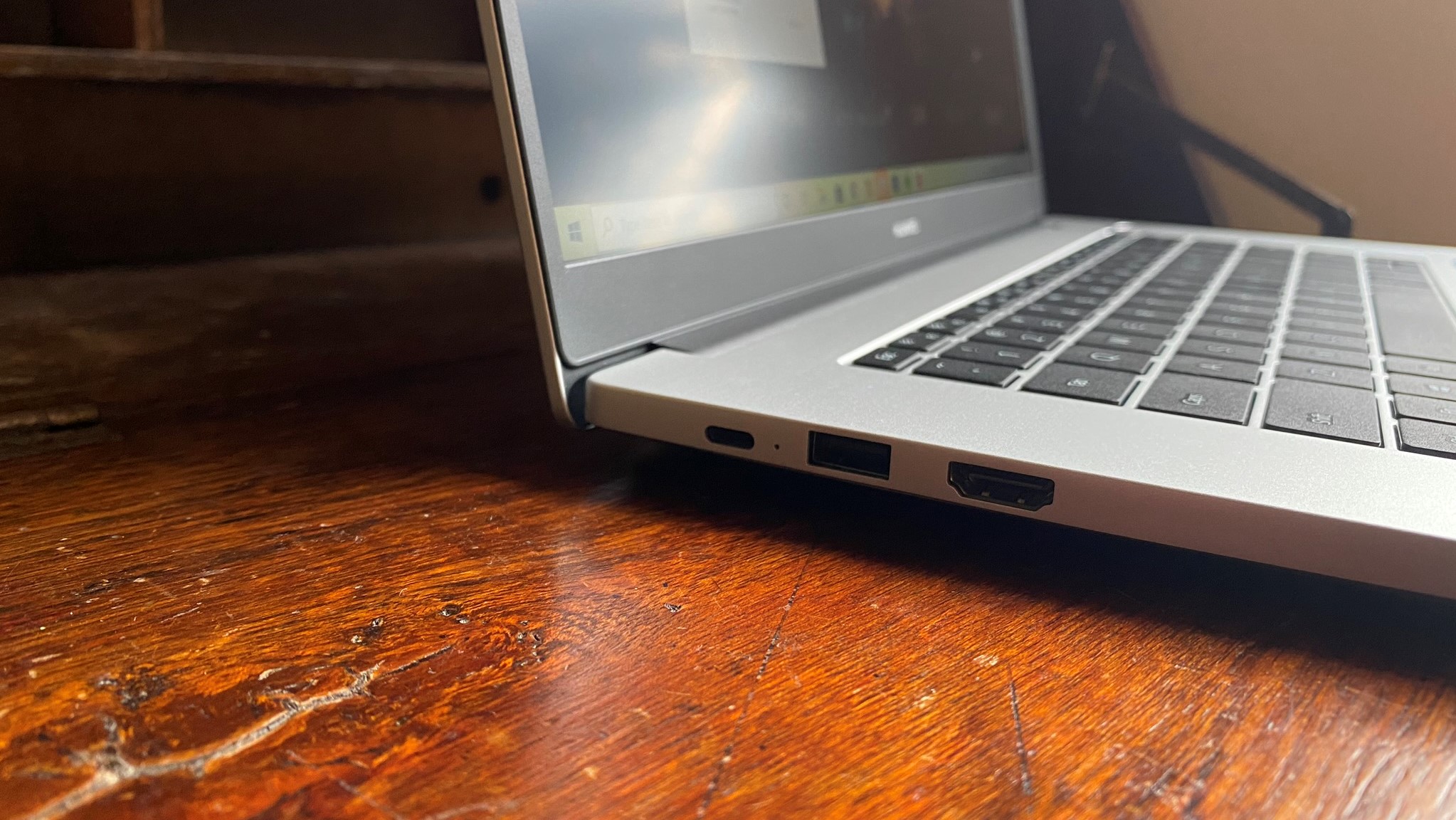Optus Mobile Review ALDI Mobile Review Amaysim Mobile Review Belong Mobile Review Circles.Life Review Vodafone Mobile Review Woolworths Mobile Review Felix Mobile Review Best iPhone Plans Best Family Mobile Plans Best Budget Smartphones Best Prepaid Plans Best SIM-Only Plans Best Plans For Kids And Teens Best Cheap Mobile Plans Telstra vs Optus Mobile Optus NBN Review Belong NBN Review Vodafone NBN Review Superloop NBN Review Aussie BB NBN Review iiNet NBN Review MyRepublic NBN Review TPG NBN Review Best NBN Satellite Plans Best NBN Alternatives Best NBN Providers Best Home Wireless Plans What is a Good NBN Speed? Test NBN Speed How to speed up your internet Optus vs Telstra Broadband ExpressVPN Review CyberGhost VPN Review NordVPN Review PureVPN Review Norton Secure VPN Review IPVanish VPN Review Windscribe VPN Review Hotspot Shield VPN Review Best cheap VPN services Best VPN for streaming Best VPNs for gaming What is a VPN? VPNs for ad-blocking If you’re looking at buying a gaming laptop and unsure about where to start, here are a few things to look for and consider before you pull out your credit card. Screen size also directly informs the other parts inside a laptop. A laptop with a larger screen attached usually has a larger chassis supporting larger, additional or more complex components. The reverse can also be true. If you want a thinner laptop, it usually means opting for one with either a 13-inch or 15.6-inch display. You’ll also want to make sure the screen on your gaming laptop supports IPS (in-plane switching. This technology ensures the widest viewing angles and a more comfortable gaming experience. Many gaming laptop manufacturers also now offer 4K resolution displays as an optional add-on. Now, this might be worth considering if you’re keen to watch or edit 4K content of any sort. However, gaming in 4K is more complicated to recommend for several reasons. Firstly, 4K isn’t supported by many game developers, leading to some inconsistent results when it comes to performance. Second, a gaming laptop with a 4K display will only be worth it if the rest of the package is beefy enough to deliver a good 4K gaming experience. Higher is better here. Jumping from the standard 60Hz or 90Hz you’ll find in more conventional laptops to the 144Hz, 165Hz, or even 240Hz screens you can find in modern gaming laptops might not sound like a considerable upgrade. However, the refresh rate (and response time) can be just as important as the number of pixels on display. Although you can work through such a situation with dongles and other accessories, this process is usually a headache. Most of the time, it’s better (and cheaper) to make sure you buy a gaming laptop with enough USB ports in the first place. The first of these is to overshoot the mark when it comes to your desired specs. It isn’t the cheap way to go, but the brute-force approach to making sure you walk away with a gaming laptop that lasts is to ensure you buy one with the most recent generation of processor, a high-end dedicated graphics card and plenty of RAM and ROM to spare. The second way to go about things is to make sure that whatever model or make you settle on has support for upgrades later down the line. There are no hard rules here, so be sure to investigate thoroughly. Some laptops, like the Dell XPS 15, support upgradable RAM and storage. Other laptops, like the latest Apple Macbooks, do not. Gaming laptops like the Alienware Area 51m even let you upgrade the GPU. If you don’t want to pay the premium price of a laptop with cutting-edge specs, settling for the one you can upgrade over time is a great alternative. It can save you money up-front and potentially over the long term as well.
